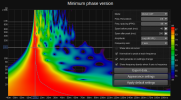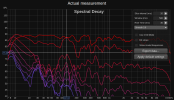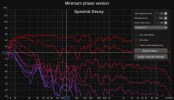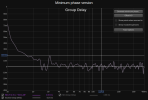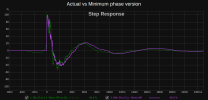Hi, I'm just trying to wrap my head around speaker measurements and performance. I understand that a speakers performance is a dynamic multi-factorial issue and that no one measurement summarizes completely how a speaker will perform. But if I am after clarity (EDIT: in a single seated position in a fully treated room and we just focus on the speaker, ignoring any possible problems with room acoustics), what measurement should I be looking to and what "value" us considered good enough to most people.
For example:
- if I am listening to electric guitar how come some speakers allow me to hear all the tones in the strum, yet others "muddy" the note?
- In a busy piece of music what helps to separate all the instruments?
- What determines that I can hear the kick drum being hit and resonating as opposed to a single tone thud.
For these examples I am talking about using the same music track. Is it just frequency response? or that I am hitting a resonance at this spot?
Thank you
For example:
- if I am listening to electric guitar how come some speakers allow me to hear all the tones in the strum, yet others "muddy" the note?
- In a busy piece of music what helps to separate all the instruments?
- What determines that I can hear the kick drum being hit and resonating as opposed to a single tone thud.
For these examples I am talking about using the same music track. Is it just frequency response? or that I am hitting a resonance at this spot?
Thank you
Last edited:


